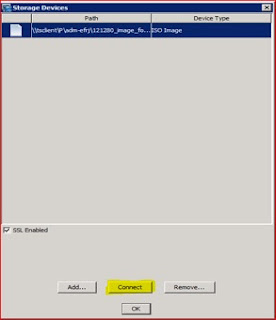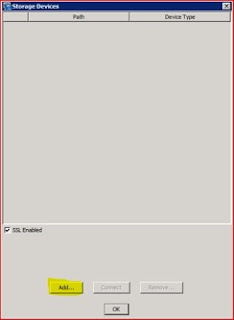Since today, Oracle Database Appliance software release 18.3.0.0.0 is available ... I took the chance to download and install the new release - this is the story:
- do not copy the update software to a NFS share and do not run the update from this directory
- if You are using NFS shares, be sure that a df -h comes back immediately. With my testsystem I had two NFS Filesystems which were not reachable at all, resulting in a 'never-come-back' df -h - this, in turn, resulted in a stuck Server Patching at step 'Configuring GI'. After I umounted those FS (by using the -f switch), the patching continued
- qosmserver has to run and a crs resource ora.net1.network has to be configured
- the patch documentation is missing the hint to first update dcsagent (odacli upgrade-dcsagent -v 18.3.0.0.0), but it's a prerequisite
- remove any 'non-default' entries from oracle's .bash_profile prior to the update
- Step 'Setting AUDIT SYSLOG LEVEL' had a status 'Failure' at the end of the update process - overall status of the update was - nevertheless - successful (will check the reason for that failure later)
- Installation documentation says after step 'apply the server update' to check if the update was successful and then to issue an 'odacli update-storage'. ATTENTION! After a successful update, the server will reboot! Wait until the system is up again before You start the update-storage command!
- Server reboot took about 10 Minutes with my X7-2M
- Documentation example for 'Update the storage components' is not correct: use '--rolling' or '-r' instead of '-rolling'
- update-storage using the '--rolling' option is not supported on ODAlite
Initial Situation:
I tested the update on an ODA X7-2M with system version 12.2.1.4.0, running five databases (12.1). There are three vlans configured on that system.Documentation used:
Installation Instruction was taken from docs.oracle.com, Oracle Database Appliance, Release 18.3, X7-2 Deployment and User's Guide for Linux x86-64, Chapter 7 Patching Oracle Database Appliance, subchapter 'Patching Oracle Database Appliance Using the CLI'Remarks:
- You have to download about 15GB - just for the system update, DB 18.x is around 4GB- do not copy the update software to a NFS share and do not run the update from this directory
- if You are using NFS shares, be sure that a df -h comes back immediately. With my testsystem I had two NFS Filesystems which were not reachable at all, resulting in a 'never-come-back' df -h - this, in turn, resulted in a stuck Server Patching at step 'Configuring GI'. After I umounted those FS (by using the -f switch), the patching continued
- qosmserver has to run and a crs resource ora.net1.network has to be configured
- the patch documentation is missing the hint to first update dcsagent (odacli upgrade-dcsagent -v 18.3.0.0.0), but it's a prerequisite
- remove any 'non-default' entries from oracle's .bash_profile prior to the update
- Step 'Setting AUDIT SYSLOG LEVEL' had a status 'Failure' at the end of the update process - overall status of the update was - nevertheless - successful (will check the reason for that failure later)
- Installation documentation says after step 'apply the server update' to check if the update was successful and then to issue an 'odacli update-storage'. ATTENTION! After a successful update, the server will reboot! Wait until the system is up again before You start the update-storage command!
- Server reboot took about 10 Minutes with my X7-2M
- Documentation example for 'Update the storage components' is not correct: use '--rolling' or '-r' instead of '-rolling'
- update-storage using the '--rolling' option is not supported on ODAlite







